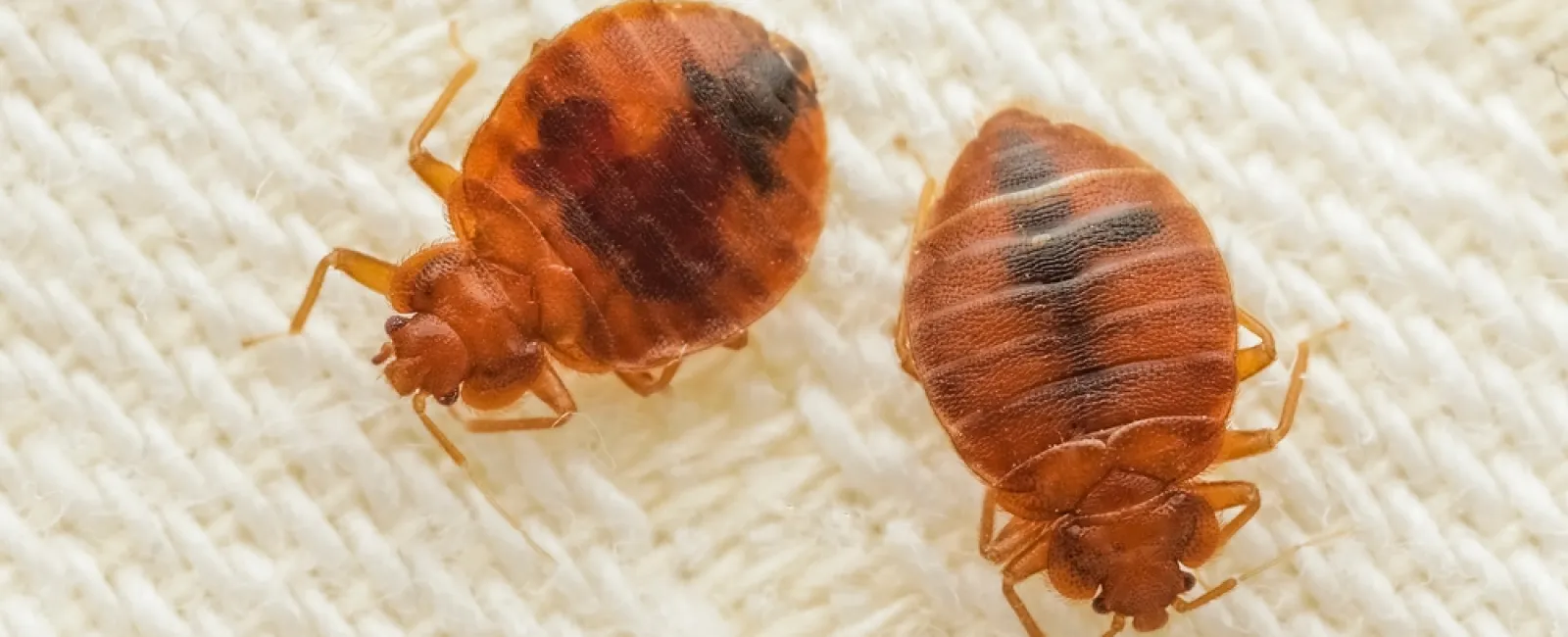Don't Let the Bed Bugs Bite: How Bed Bugs Spread
We all know the rhyme: "Goodnight, sleep tight, don't let the bed bugs bite." But when those oval-shaped insects become more than a nursery rhyme and start showing up in your home, it's time to get serious. Bed bugs are expert hitchhikers, sneaky biters, and impossible to evict without professional help.
Let's uncover the truth about how bed bugs spread, whether bed bugs are contagious (spoiler: kinda), and why your DIY pest control kit won't save the day.
Where Do Bed Bugs Come From?
Bed bugs don't just appear out of thin air. They travel on personal items, clothing, luggage, and infested items like secondhand furniture or mattresses. They're not attracted to dirt or mess; they're after one thing: a warm body and a good meal.
They can sneak in from:
Shared laundry facilities
Public transportation
Hotels and motels
Dorm rooms
Movie theaters
Office breakrooms
Even your kid's sleepover party
Basically, anywhere people sleep, sit, or store their stuff is fair game.
Are Bed Bugs Contagious?
Let's clear this up: bed bugs don't spread disease and aren't "contagious" in the medical sense. But can they spread from person to person through infested areas or shared belongings? Absolutely.
So, while bed bugs aren't contagious like the flu, the risk of passing them along through clothes, bags, blankets, or even a quick visit to someone else's room is real. They don't crawl from person to person, but bring a few home in your gym bag, and you've got yourself an almost immediate bed bug infestation.
How Bed Bugs Feed and Hide
Bed bugs are stealthy nighttime feeders. When bed bugs bite people, they pierce the skin and drink up as much blood as they can (gross, right?). After a blood meal, they scurry back to their hiding places in cracks, box springs, bed frames, and mattresses.
Telltale signs of bed bugs include:
Red, itchy bite marks in a zigzag pattern
Dark spots (aka bug poop)
Colored blood spots on sheets or pillowcases
A musty odor in the infested area
Empty egg shells and shed skins
They may be small, but their impact (especially the discomfort they cause)? Huge.
Why DIY Doesn't Work on Bed Bug Infestations
You might be tempted to reach for a can of spray or toss everything into a plastic bag and call it a day, but unfortunately, bed bugs hide too well and resist most over-the-counter products. Here's why DIY solutions usually fail:
1. They're Masters of Hide-and-Seek
Bed bugs burrow deep into furniture, behind baseboards, and inside electrical outlets. Miss even one pregnant female, and you're back to square one.
2. They Can Survive Without Feeding for Months
Skipping town won't solve the problem. These pests can wait patiently until you return, hungry and ready to feed again.
3. They're Building Resistance
Most store-bought pesticides just don't work anymore. Bed bugs have evolved, and now they're tougher than ever.
4. You Might Just Spread Bed Bugs Further
Moving infested items or trying heat treatments with your household dryer can backfire...if not done properly, you risk driving bugs deeper into walls or into other rooms.
How to Prevent Bed Bugs
To prevent bed bugs, here are a few tips straight from your local Pest Nerds:
Avoid buying secondhand mattresses or furniture unless thoroughly inspected.
Use protective covers on beds and box springs.
Never place luggage on hotel beds or floors. Use the luggage rack!
Wash clothes on high heat after traveling.
Inspect bite marks, dark spots, or skin conditions that appear overnight.
Store out-of-season clothes in sealed plastic bags.
Got bugs in your bed? Stop the cycle before it spreads.
Say Goodbye to Bed Bugs with Greenix
You've got better things to do than wrestle with bed bugs. At Greenix, we don't just treat the bites, we treat the infestation. Our expert team uses multi-step treatments to find bed bugs, wipe them out at the source, and stop the spread before it happens.
Forget sleeping with one eye open. Call in the pros and sleep like a log instead.

